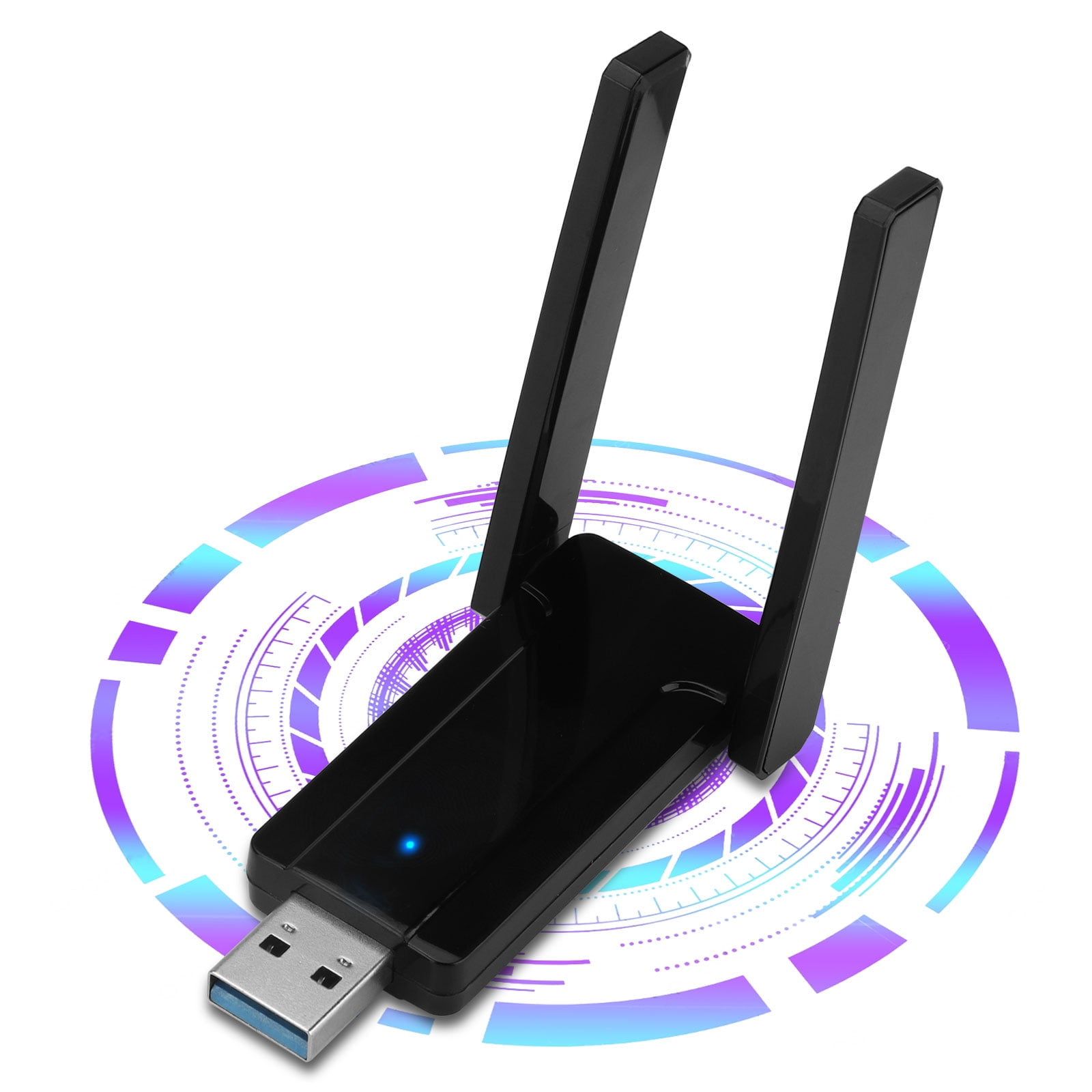

This 48-bit address space contains potentially 2 48 (over 281 trillion) possible MAC addresses. The IEEE 802 MAC address originally comes from the Xerox Network Systems Ethernet addressing scheme. The b0 bit distinguishes multicast and unicast addressing and the b1 bit distinguishes universal and locally administered addressing. However, two NICs connected to two different networks can share the same MAC address. Network nodes with multiple network interfaces, such as routers and multilayer switches, must have a unique MAC address for each NIC in the same network. MAC addresses are formed according to the principles of two numbering spaces based on Extended Unique Identifiers (EUI) managed by the Institute of Electrical and Electronics Engineers (IEEE): EUI-48-which replaces the obsolete term MAC-48-and EUI-64. The address typically includes a manufacturer's organizationally unique identifier (OUI). Many network interfaces, however, support changing their MAC address. Each address can be stored in hardware, such as the card's read-only memory, or by a firmware mechanism. MAC addresses are primarily assigned by device manufacturers, and are therefore often referred to as the burned-in address, or as an Ethernet hardware address, hardware address, or physical address. As typically represented, MAC addresses are recognizable as six groups of two hexadecimal digits, separated by hyphens, colons, or without a separator. Within the Open Systems Interconnection (OSI) network model, MAC addresses are used in the medium access control protocol sublayer of the data link layer. This use is common in most IEEE 802 networking technologies, including Ethernet, Wi-Fi, and Bluetooth. I can also adjust the dock with larger icons and other options.Label of a UMTS router with MAC addresses for LAN and WLAN modulesĪ media access control address ( MAC address) is a unique identifier assigned to a network interface controller (NIC) for use as a network address in communications within a network segment. I need larger text sizes than the defaults, and the Universal Access controls are easy to use and allow me to set large text and high contrast. A System Settings icon is on the dock by default it is easy to change the settings, and soon I had the system configured to my liking. "Nice new features" in an understatement-Elementary OS easily has one of the best-designed Linux user interfaces I have ever seen. The new design in Hera was in response to user feedback from Juno, and enables some nice new features."
#WIRELESS MAC ON LINUX FREE#
#WIRELESS MAC ON LINUX INSTALL#
I liked the preview of what I could expect, so I decided to install it-and then my wireless disappeared.

I liked what I saw in Elementary OS its Pantheon desktop is really great, and its look and feel are familiar to Apple users-it has a dock at the bottom of the display and icons that lead to useful applications.

I got to a live desktop, and the operating system recognized my Broadcom wireless chipset-I thought this just might work! I made a boot drive with my USB creator and inserted it into the MacBook Air. After reading some good reviews, I decided to try Elementary OS 5.0 (Juno). Sometimes it was the wireless card another time, it was a lack of support for the touchpad. I tried several Linux distributions on my MacBook Air, but there was always a gotcha. I am glad I did, but I felt bad that I had this perfectly good MacBook lying around unused. My computer, released in 2015, has 4GB RAM, an i5 processor, and a Broadcom 4360 wireless card, but Mojave proved too much for my daily driver-it made working with GnuCash impossible, and it whetted my appetite to return to Linux. When I installed Apple's MacOS Mojave, it slowed my formerly reliable MacBook Air to a crawl.


 0 kommentar(er)
0 kommentar(er)
